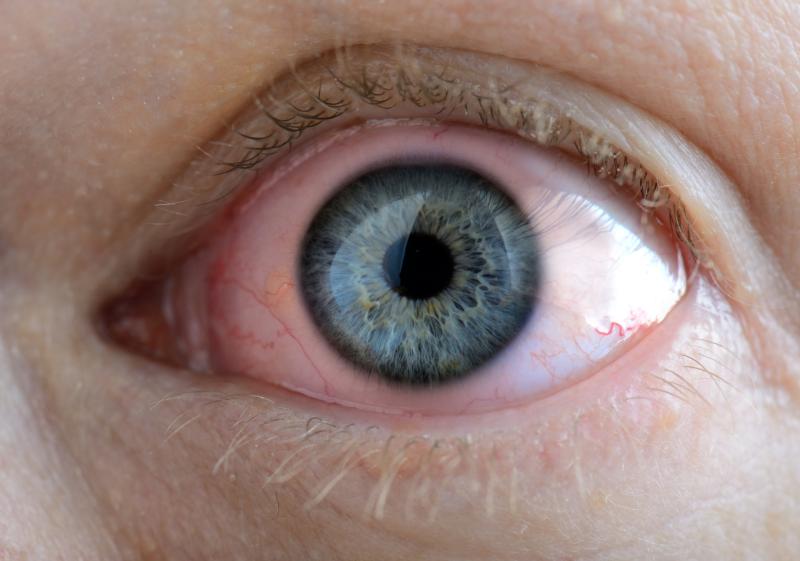
Correction of myopia and astigmatism via small-incision lenticule extraction (SMILE) is safe and effective, with adverse events (AEs) showing no significant impact on visual acuity, reports a study.
Overall, 357 eyes of 357 patients treated with SMILE (50 for myopia and 307 for myopia with astigmatism) were included in this prospective, multicentre clinical trial. Preoperative sphere ranged between –1.00 and –10.00 dioptres (D), with manifest spherical equivalent (MSE) of up to –11.50 D and refractive cylinder of up to –3.00 D.
The investigators followed patients for 12 months and presented corrected distance visual acuity (CDVA) and uncorrected distance visual acuity (UDVA), stability of the manifest refraction, and vector analysis of refractive cylinder for the 307 eyes treated for myopia with astigmatism. AEs were also reported for all 357 eyes.
Of the 307 eyes with astigmatism, 304 were successfully treated. The procedure was aborted in three eyes due to intraoperative suction loss.
A decrease in the mean MSE was seen from –5.39±2.30 D at baseline to –0.01±0.24 D at 12 months. Most of the treated eyes (95.3 percent) were within 0.50 D of emmetropia at 12 months, while 89.0 percent had UDVA of 20/20 or better. There was no loss of two or more lines of CDVA seen at follow-up.
At 12 months, the refractive cylinder decreased to –0.18±0.31 D from –1.53±0.70 D at baseline. The mean correction ratio of refractive cylinder was 0.96±0.16. A slight undercorrection was evident for higher attempted corrections of astigmatism.
Three intraoperative AEs associated with difficult lenticule removal and resultant cap tear were recorded, but all were resolved without sequalae at postoperative day 1. In addition, eight postoperative AEs occurred, but none had significant consequences.
“Slight undercorrection of refractive cylinder requires further attention,” the authors noted.